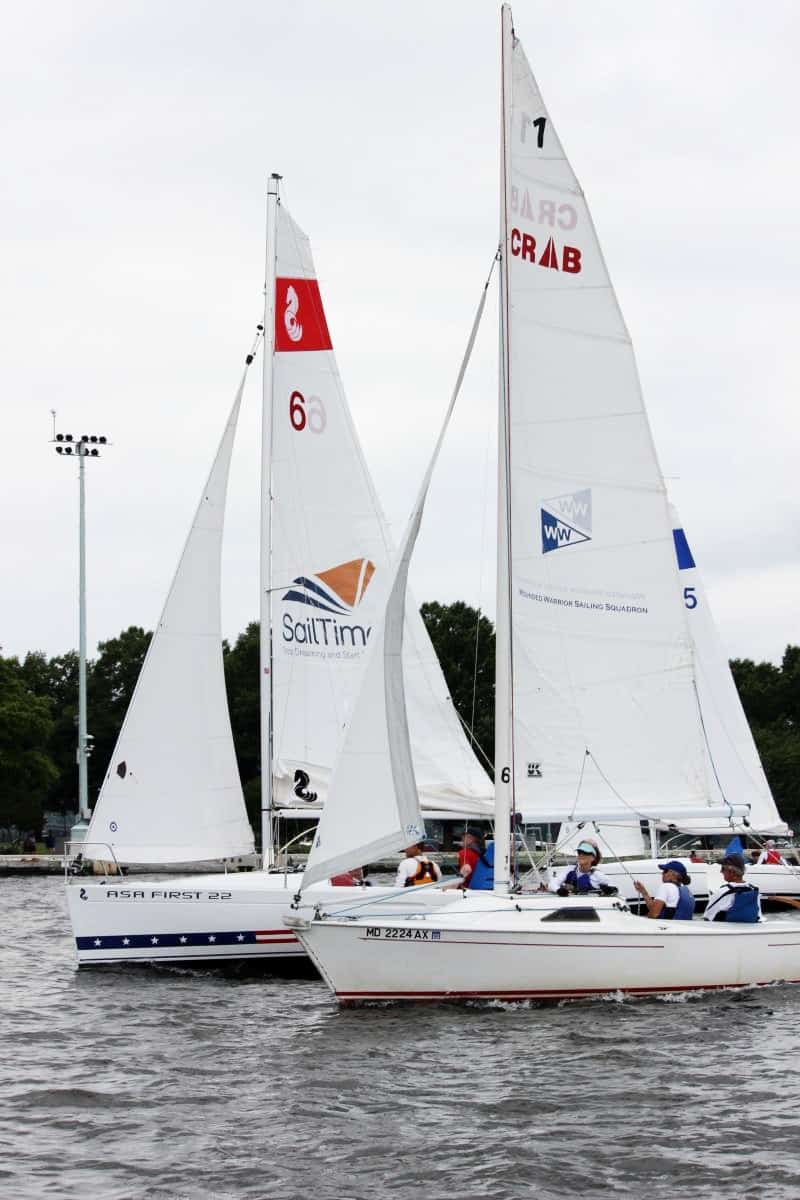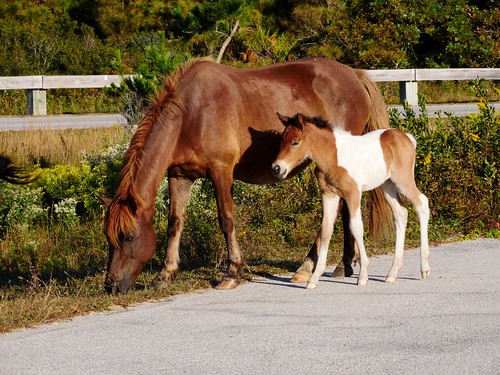By Jeremy Cox, Bay Journal News Service
The Virginia Institute of Marine Science plans to open a new oyster-breeding and research facility at its Gloucester Point campus by spring 2022.
Officials with VIMS, the environmental branch of William and Mary University, say it will take the shellfish operation to a new level — in more ways than one.
In the figurative sense, the new construction represents a monumental upgrade over the spartan structure that has housed the hatchery since 1975. It will, for example, be heated and air-conditioned, making conditions more comfortable for the staff and extending the growing season for the lab-raised bivalves. And its larger footprint will enable the facility to expand its oyster-growing capacity by 50 percent.
But perhaps the foremost feature is its literal level—its elevation. The 22,000-square-foot building will be perched 10 feet above sea level on a small rise above the York River shoreline. The current 6,500-square-foot complex is nestled in a flood zone. The building is raised enough to stay mostly dry, but the parking lot and surrounding grounds are easily inundated.
“You can liken it to being a big garage,” said Jess Moss Small, associate director of the VIMS hatchery program. “It doesn’t have climate control. It’s kind of rudimentary.”
The new facility, dubbed the Acuff Center for Aquaculture, will be large enough to accommodate a full complement of research and production activities, Small said. That includes the institute’s Aquaculture Genetics and Breeding Technology Center, the most extensive breeding program for oysters in the country.
The oysters here aren’t grown for restoring reefs on the bottom of Chesapeake tributaries, as is the case with the hatchery at the University of Maryland Center for Environmental Science’s Horn Point Lab near Cambridge, Md. Instead, they are raised to supply brood stock — think of them as starter oysters — for oyster farmers along the East Coast (much like the soon-to-open Ferry Point Shellfish, which Bay Bulletin’s Cheryl Costello took us inside in December).
About three-quarters of all oysters currently being grown in Chesapeake Bay aquaculture operations—in both Maryland and Virginia waters—can trace their lineage back to the VIMS hatchery. The facility was created by a 1997 legislative act in response to disease outbreaks that had ravaged the already depleted oyster population throughout that decade.
In addition to the brood stock, the facility conducts research on behalf of Virginia’s $16 million aquaculture industry. Many oyster farming operations are small and don’t have the time or financial resources to test which practices or equipment work better than others, said Bill Walton, a marine science professor and coordinator of the VIMS shellfish program.
“This is really intended to be a place where industry [members] can come in that door and ask a question and get an answer,” Walton said. The university is also working on getting a state permit to transform an acre of river bottom directly offshore into an oyster research farm.
For the first time, researchers will have their own labs within the campus’ hatchery to conduct experiments. To date, they have had to carve out space within their own buildings elsewhere on campus, said Walton, who was hired earlier this year after leading the Auburn University Shellfish Lab in Alabama.
The changes should lead to better coordination among the researchers and between VIMS and private oyster farmers, he added. “There are no Lego sets for a farm. You’re kind of inventing it every time. There’s expertise by each farmer to make it work wherever they are,” Walton said.
Small said that she hopes to broaden the scope of research beyond oysters, perhaps adding soft shell clams and algae into the mix.




